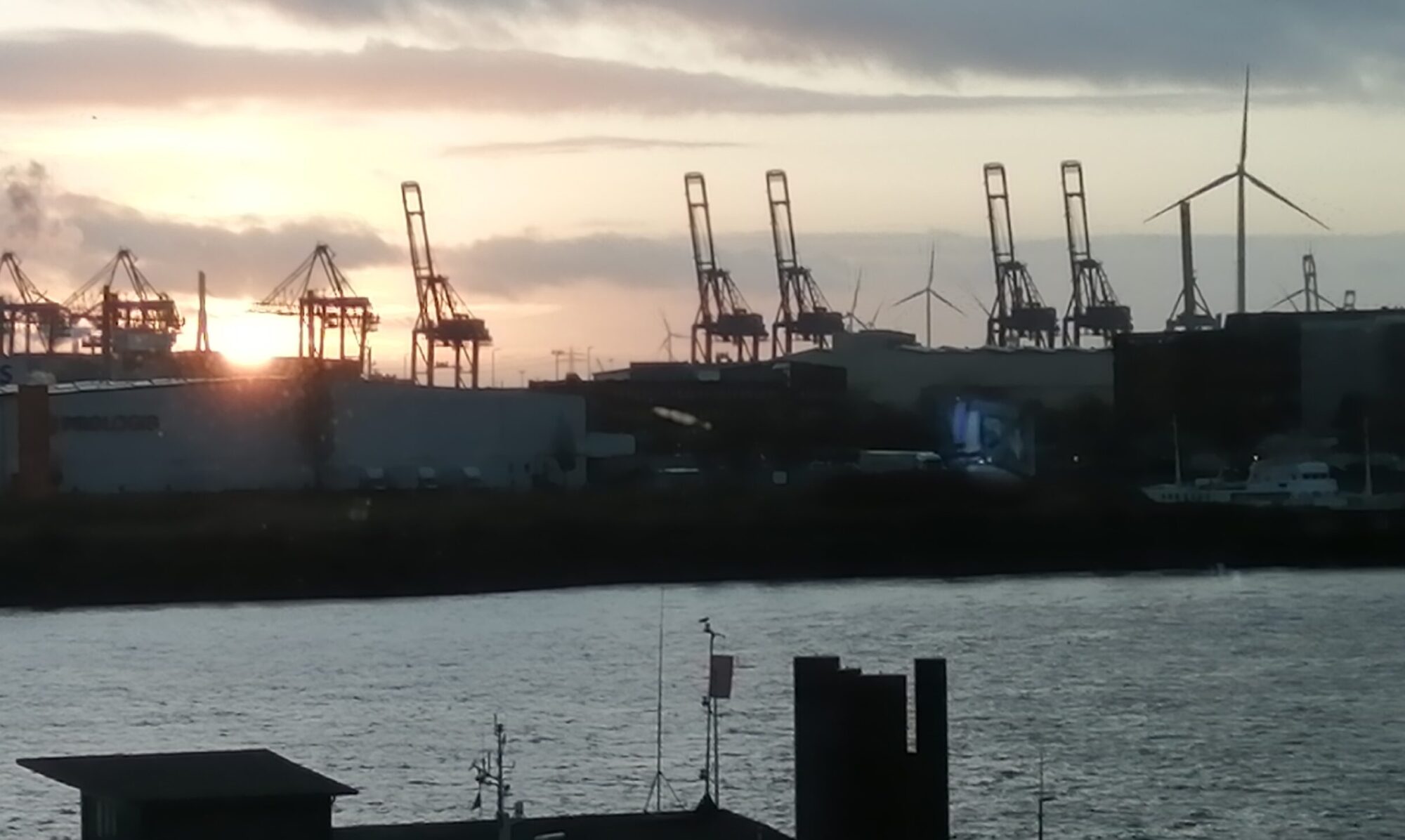You Tube video by Prof Jerry Murphy of MaREI, research centre, UCC
Switching Domestic Electricity Providers – A Bespoke Approach from the Insight Research Centre
Article by Prof Alan F Smeaton on the Insight website
Lack of Container Traffic to the West of Ireland
Report by Joshua Cheetham, Shruti Menon, Yi Ma, and Paul Myers on the BBC, scroll down to see maps.
End-of-Life Wind Turbine Blades – New Life Sheltering Electric Bikes
Report by Brian O’Donovan on RTE
Interconnectors from Britain to Ireland, Netherlands, Isle of Man, France, Norway, Belgium, Denmark and Germany with proposed future connections to Morocco and Iceland.
Blog by Ellie Brundett of Regen
€38 billion from 37GW of Offshore Wind Energy in Ireland
Download the report from Skillnet Ireland
Report from Wind Energy Ireland
Report from Will Goodbody on RTE
Report from Kevin O’Sullivan in The Irish Times
Hydrogen Power Plant for Cork Harbour – Planning Permission Submitted and Granted
Report by Concubhar Ó Liatháin in Echo Live.ie
Report by Sean Murray in The Irish Examiner (submitted)
Report by Kevin O’Neill in The Irish Examiner (granted)
Government of Ireland Consultation on Offshore Renewable Energy
Press Release from The Department of Environment, Climate and Communications
The Government of Ireland’s Project Marine Newsletter on Wind Turbine Blade Repurposing, No. 6, pages 22 – 24
Article by Peter Deeney, Paul G Leahy and Kieran Ruane in Project Marine Newsletter
Data Centres in USA Need Lots of Power
| AI gone wild in Bloomberg Cleaner Tech |
| By Saijel Kishan and Josh Saul In a 30-square-mile patch of northern Virginia that’s been dubbed “data center alley,” the boom in artificial intelligence is turbocharging electricity use. Struggling to keep up, the power company that serves the area temporarily paused new data center connections at one point in 2022. Virginia’s environmental regulators considered a plan to allow data centers to run diesel generators during power shortages, but backed off after it drew strong community opposition. In the Kansas City area, a data center along with a factory for electric-vehicle batteries that are under construction will need so much energy the local provider put off plans to close a coal-fired power plant. This is how it is in much of the US, where electric utilities and regulators have been caught off guard by the biggest jump in demand in a generation. One of the things they didn’t properly plan for is AI, an immensely power-hungry technology that uses specialized microchips to process mountains of data. |
